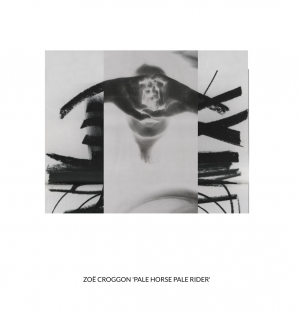Apr 21–May 22, 2021
Online
-
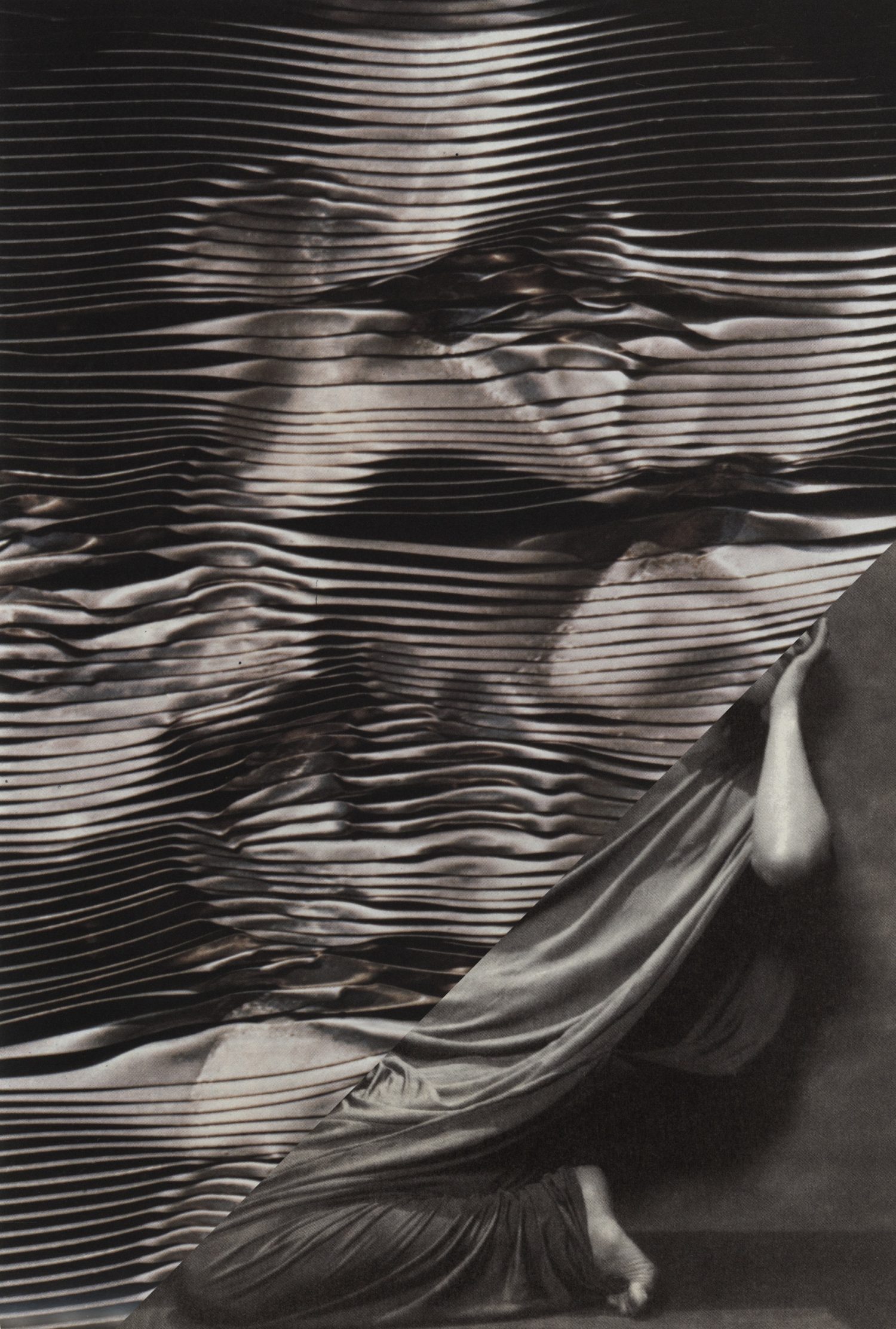
1/8: Untitled 2, 2021
-
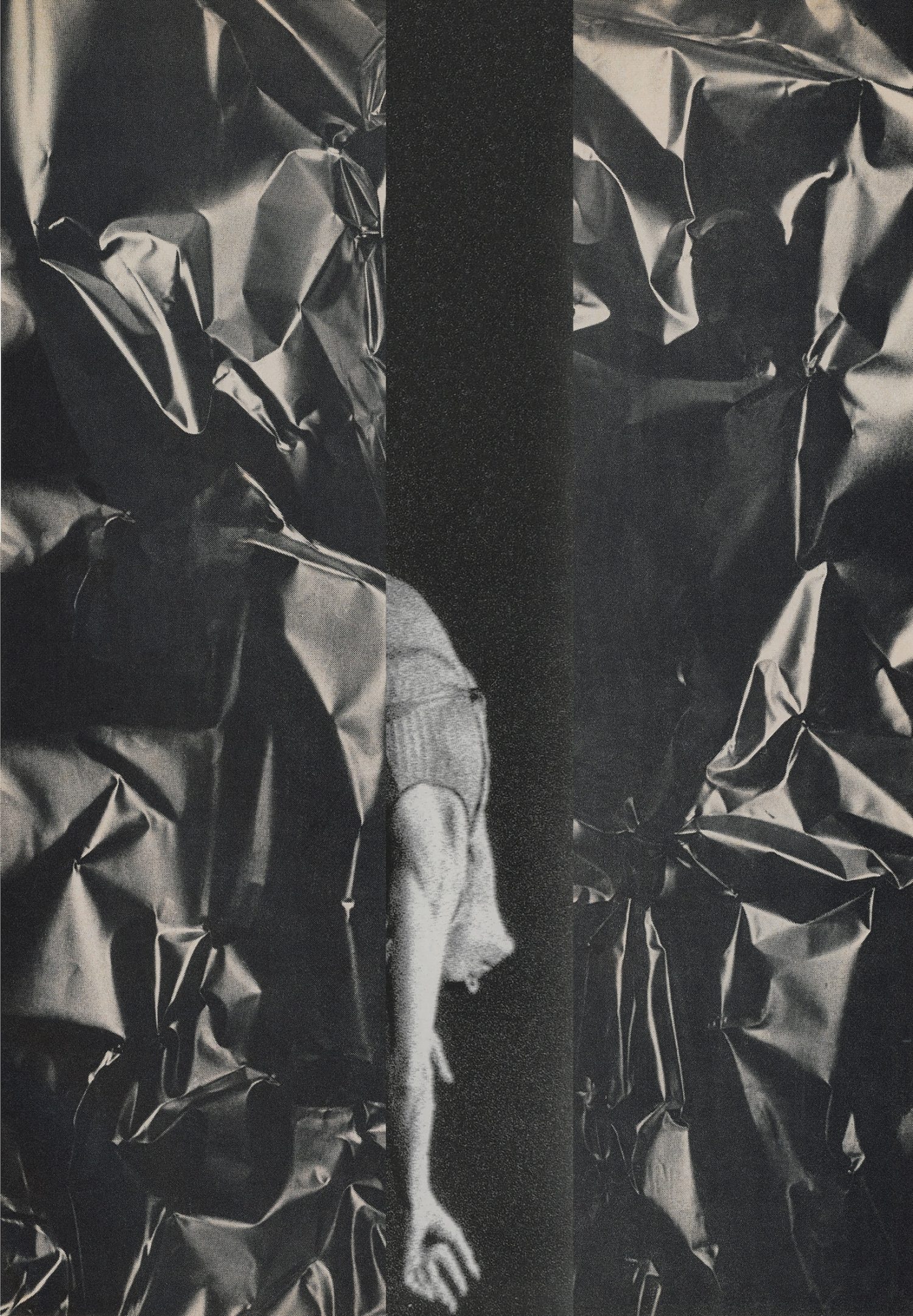
2/8: Untitled 1, 2021
-
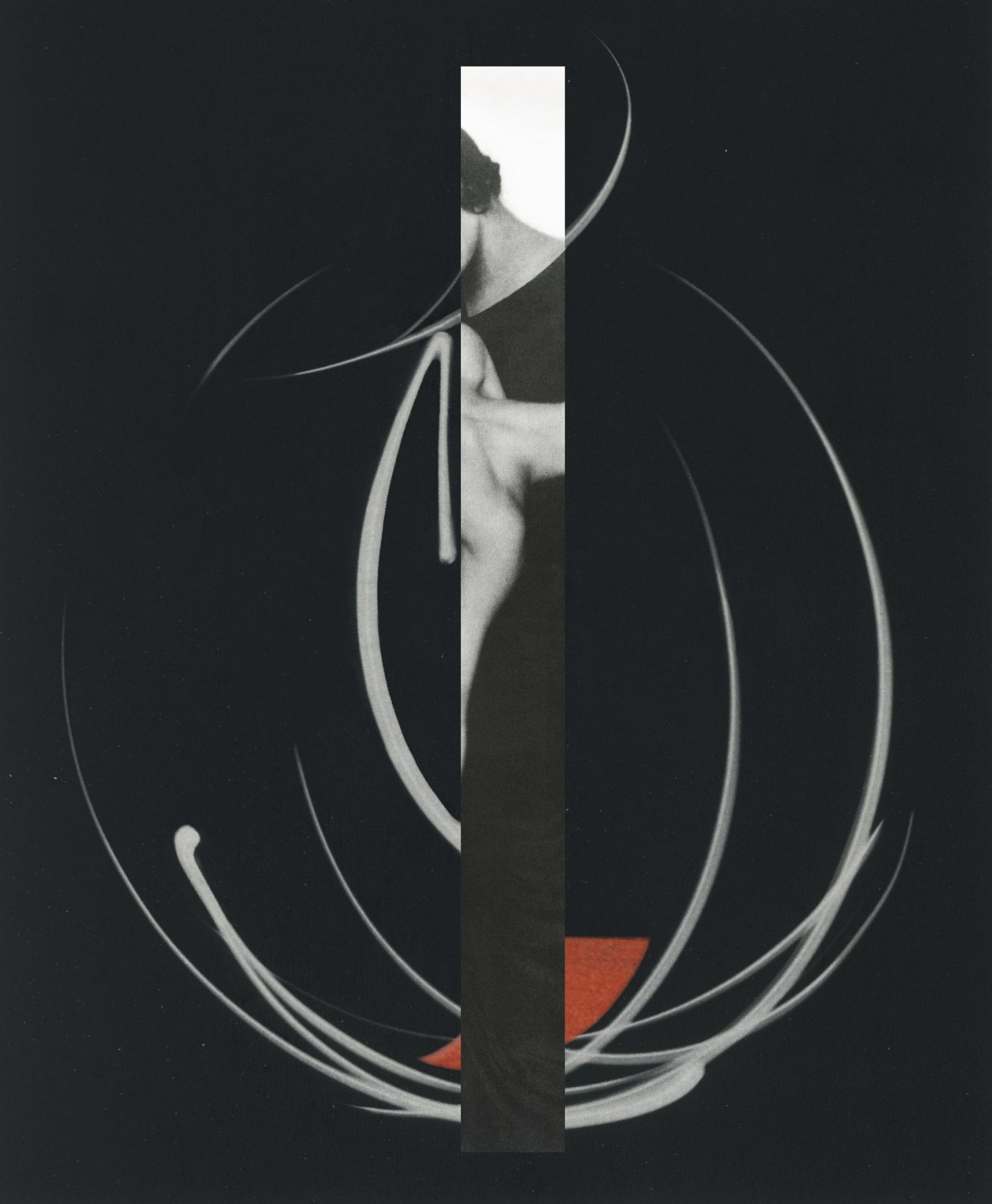
3/8: Slip of the Tongue, 2021
-
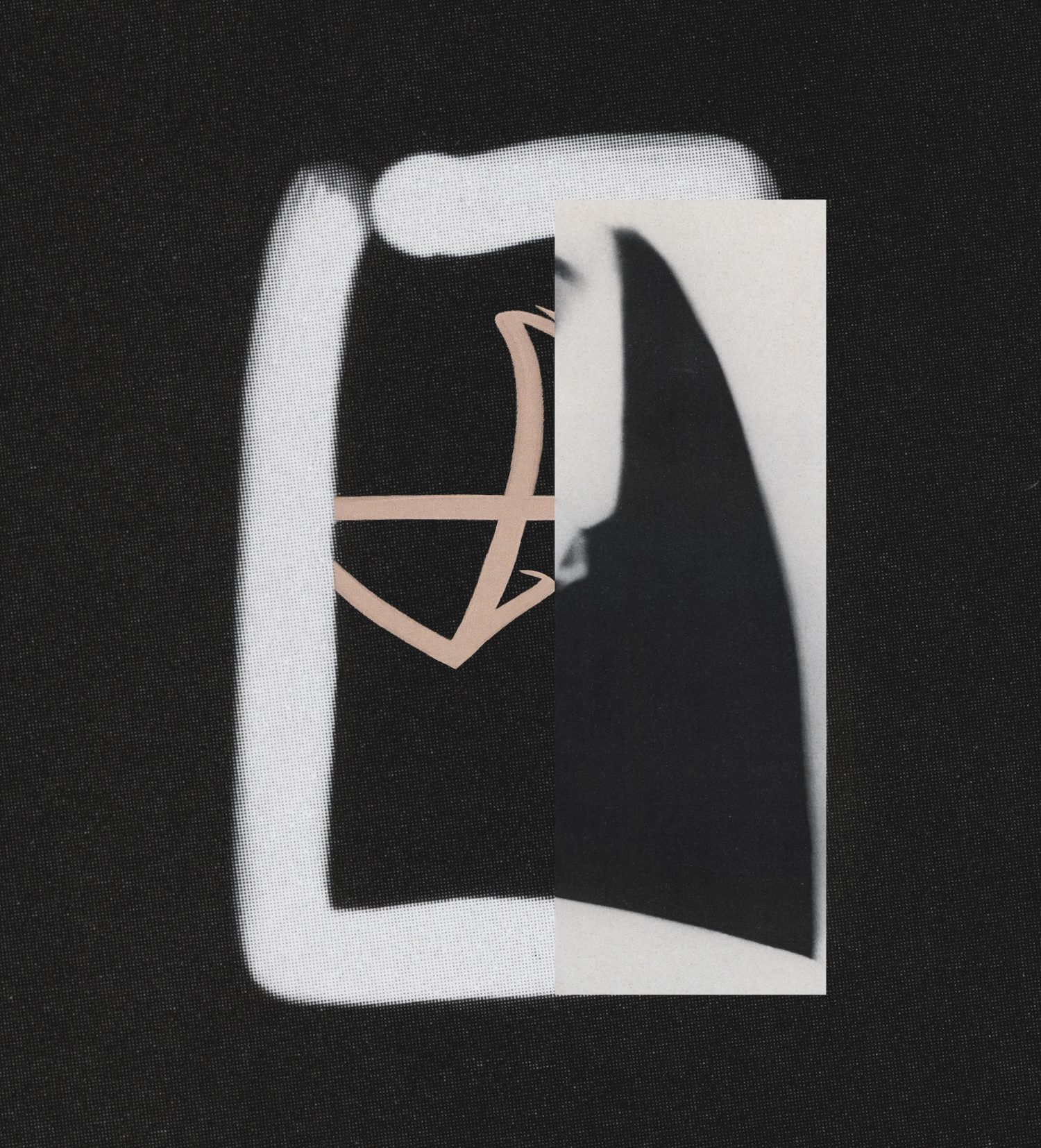
4/8: Jawbone, 2021
-
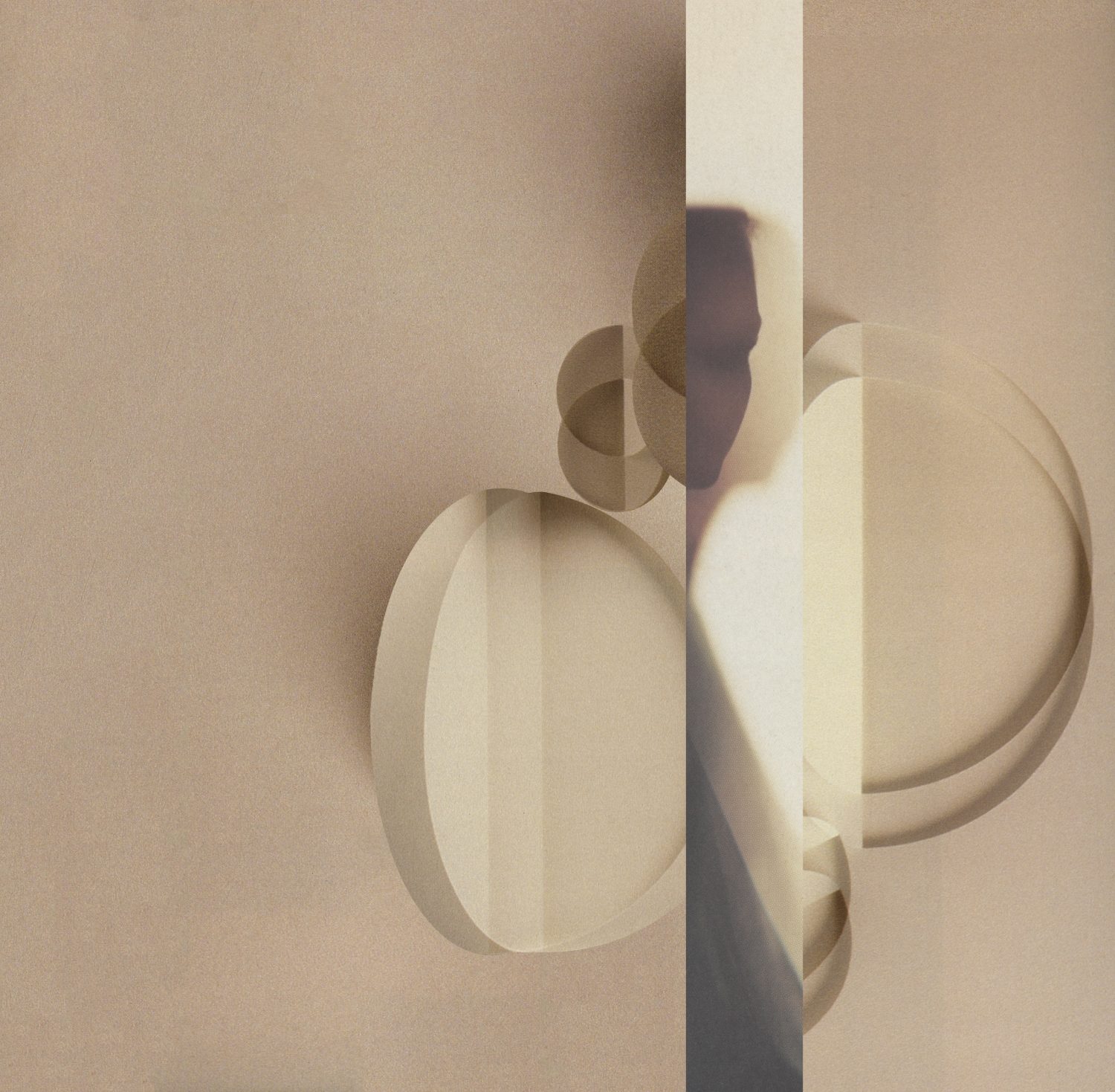
5/8: Eclipse, 2021
-
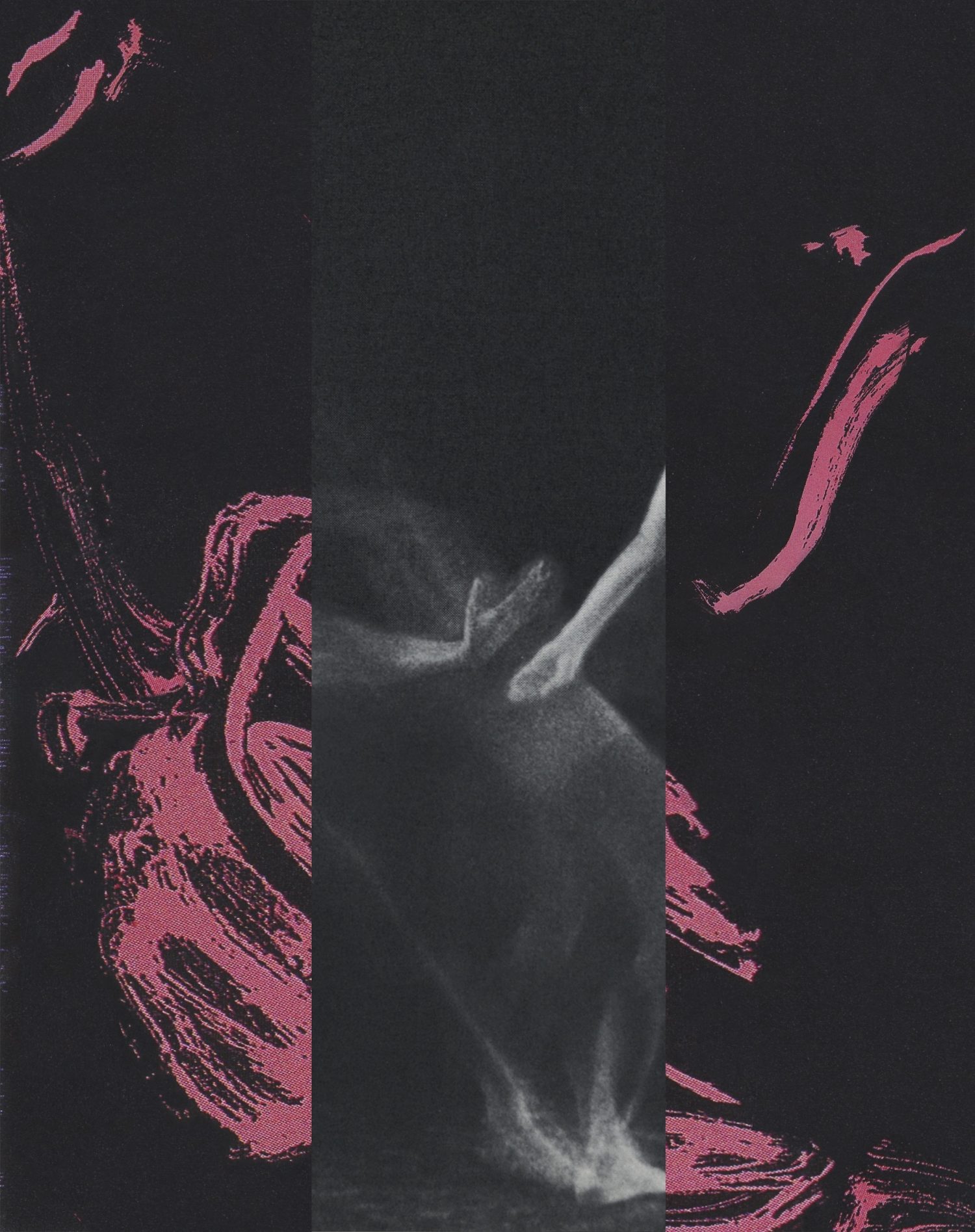
6/8: Cast No Shadows, 2021
-
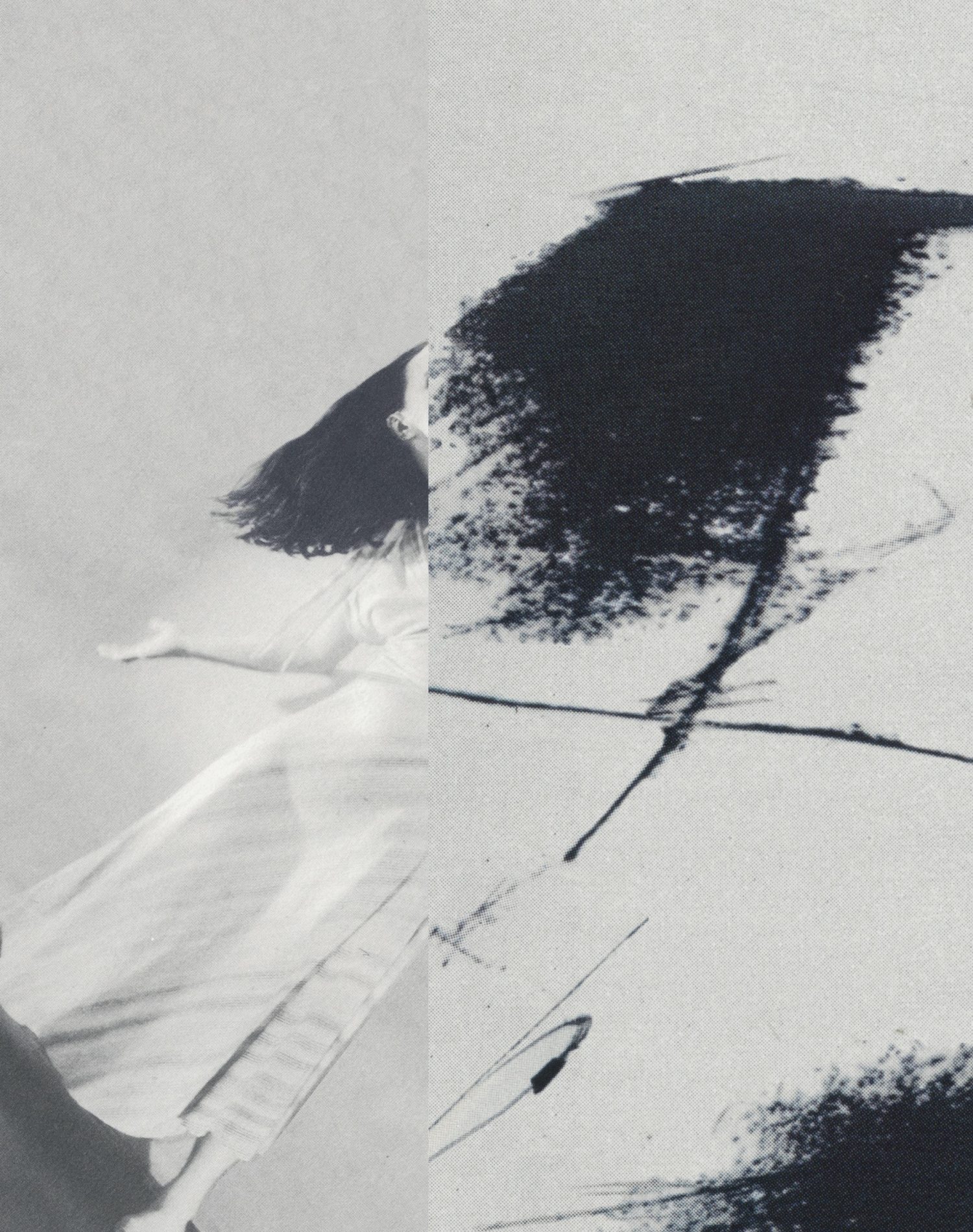
7/8: Green Reed, 2021
-
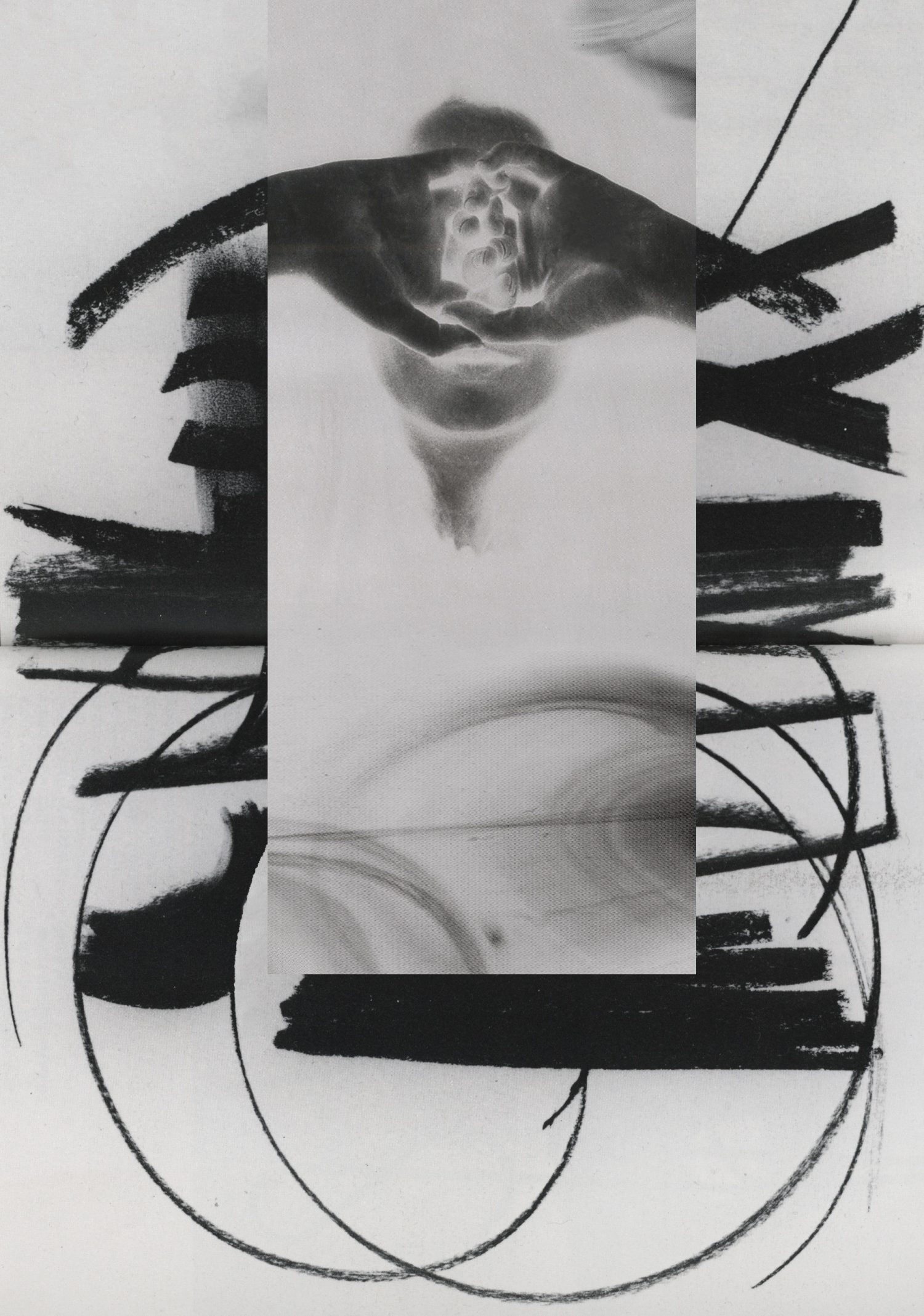
8/8: Sunstuck, 2021
"The body is a curious monster, no place to live in, how could anyone feel at home there?” Miranda, the narrator of Katherine Porter's short novel Pale Horse, Pale Rider, asks this question after her own body has, for weeks, played host to the 1918 influenza virus. Zoë Croggon’s exhibition, like the novel of Porter’s from which it takes its name, is cued into the specific feeling of distrust that illness imparts upon the human body. Croggon’s photographs and collages have been concerned with bodies for some time, disrupting conventional readings of the human form’s relationship to space and architecture. Using her training in dance and drawing, Croggon manipulates and choreographs found images, pulling the focus towards her direction of line and movement. In her hands, images of taut gymnast’s bodies give way to sleek architectural curves, and two-dimensional magazine pages become sculptural, with details of models and advertisements taking on abstract forms. In Pale Horse Pale Rider, the formal principles that guided Croggon’s earlier work are still present, but the emotional tone has shifted. The compositions in this exhibition speak to a more interior state of being, one which is being torn at, dislocated, and pushed into new planes of existence.
Artists are often put to the task of interpreting historical events in an unfairly compressed timeframe. We look to them to sculpt our emotional and mental reactions into tangible forms that reflect the world back at us, often in real time. For Croggon, whose bibliophilic-practice includes perusing bookstores to source printed matter such as out-dated sports encyclopedias, photography manuals or interior design catalogues, this challenge has been intensified by the pandemic. Being barred access to certain routines or places comes through in this work, as bodies and the spaces they inhabit seem to fall out of alignment. Eclipse and Slip of the Tongue speak to this feeling most literally. In both works, we’re given slivers of figures, contained within slender rectangles, surrounded by circular lines and shapes. Eclipse foregrounds a series of orbs clustered as though demonstrating the process of the titular action, while the figure slices through the movement as a dark shape, blocking out a source of light. Slip of the Tongue again gives us fragments of bodies, two this time, trapped within a monolithic-like rectangle, cutting through wisps of gestural lines attempting to frame them. These works employ Croggon’s aptitude for placing just the right language alongside visual form, highlighting a natural phenomenon and a very human one, which both allow space for disorientation amidst the order of things. None of Croggon’s images attempt to literally translate the feelings of being unmoored and disrupted that have become familiar on a global scale over the last year. Rather, what these photographs do powerfully is occupy these sensations, letting viewers sink into them slowly. A female figure in Untitled 1 gracefully leans into a black abyss, her body seeming to slide out from under a crinkled metallic wall. Her ease of motion—muscles unclenched, fingers loose—could almost be a pose of ecstasy, if not for the weighty, almost ominous folds of material that surround her. Untitled 2, a companion piece in its use of texture and form, again places a female figure in a tenuous position, either falling into, or pushing back at, a rippling mass. Previous work from Croggon has employed architectural elements such as building facades and concrete walls, or has given weighty physicality to shapes and lines which hold themselves up in space. In Pale Horse Pale Rider, the structural components of these compositions have become more akin to the architecture of dreams than of urban infrastructure, with gestures and lines tapering off like woozy, half-formed memories, and figures strung between peril and pleasure.
The divisions and ruptures present throughout this exhibition resonate profoundly on emotive and intuitive levels, prompting questions of which types of understanding serve us best in this moment. The psychological worlds Croggon’s work dwells in are perhaps, a more accessible mode of interpretation than any attempt to literally transcribe our current, globally affective circumstances. At the close of Porter’s novel, Miranda wakes from her illness, shaken by an inability to take in the world around her. She remarks on the lack of radiance she sees in the sunlight, and the strangeness of her own likeness in the mirror. Most striking within these revelations is the disappointment the character articulates in her understanding that coming back to life will ultimately mean facing death again in the future. She laments having to leave the tranquil landscape of her illness induced dreams. The bodies within Croggon’s work never quite become fully immured in the spaces they inhabit, as the artist deftly carves out possibility for movement in any number of directions. This liminality echoes all too loudly in our present moment, invoking the way morality has been moved closer to the forefront of our collective consciousness. Pale Horse Pale Rider, both exhibition and novel, wade into the slippery territory of emotional interiority, attending to the generative qualities of comprehension it can bring forth, without excluding the real capacity for harm that exists in this kind of retreat.
Sunstruck is the image in which we get closest to seeing the full face of any of Croggon’s figures. In a photographic negative, the figure places linked fingers across their eyes, fading into negative space and blocking out the glare from the light the title implies. Thick, black lines extend from the end of the photograph, while thinner, swirling circles merge around what could be the figure’s base, creating a loosely rendered torso. This image exists somewhere between the stuff of dreams, and the active, instinctive urge to protect ourselves from external forces. It is evocative of our collective sense of loss and displacement through its very inexactitude. Making space for the undefined to be acknowledged is a powerful gesture, one of empathy and understanding, something like carving out a space to call home.
-- Essay by Kate Kelley, Assistant Curator, Silver Eye Center for Photography
Participating Artist
Zoë Croggon is a Melbourne-based artist who works with sculpture, video, drawing and primarily, collage. Her practice considers the relationship between the kinetic body and its surroundings, contemplating the role we play in our environment and how deeply our surroundings inform the cadence of our lives. The body has long been the focus of Croggon’s work, presenting the trained body and modern architecture as fascinating counterparts; each unyielding, severe, and rigorously functional in form. Created primarily from found photographs, her works study texture, light, and form, examining the possibilities and limits of pictorial abstraction and metamorphosis.
Croggon holds a Bachelor of Fine Art from the Victorian College of the Arts with First Class Honours. She has held solo exhibitions at the National Gallery of Victoria, Gertrude Contemporary, Peckham 24 (London), Mornington Peninsula Regional Gallery, Perth Centre for Photography, Daine Singer and the Melbourne Art Fair and has participated in group exhibitions at institutions including the National Gallery of Victoria, Heide Museum of Modern Art, Centre for Contemporary Photography, Monash University Museum of Art, NGV Studio, Samstag Museum of Art, Ian Potter Museum of Art and the VCA Margaret Lawrence Gallery.
Croggon is the recipient of an Art Gallery of New South Wales Studio Scholarship at the Cité Internationale des Arts, Paris (2018), ARTAND Australia / Credit Suisse Private Banking Contemporary Art Award (2014), the Asia-Pacific Photobook Prize (2015) and the ACACIA Art Award (2010). She has also been shortlisted for the Churchie Art Prize, Basil Sellers Art Prize at the Ian Potter Museum of Art and the Wallara Travelling Scholarship. Her work is held in collections including the National Gallery of Australia, Art Gallery of New South Wales, National Gallery of Victoria, MUMA, Heide Museum of Modern Art, Horsham Regional Gallery, Gippsland Art Gallery and Artbank.
